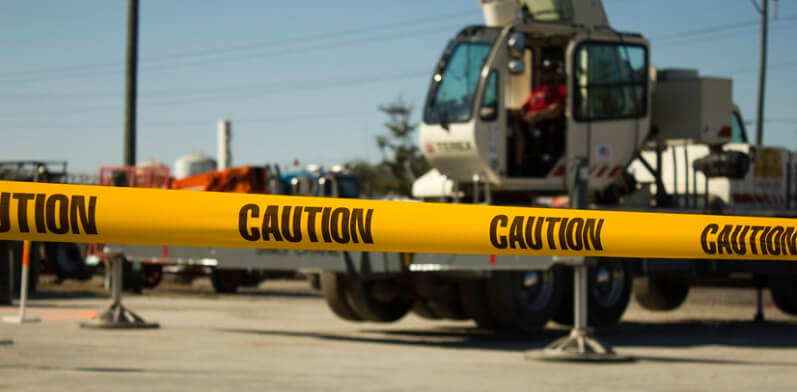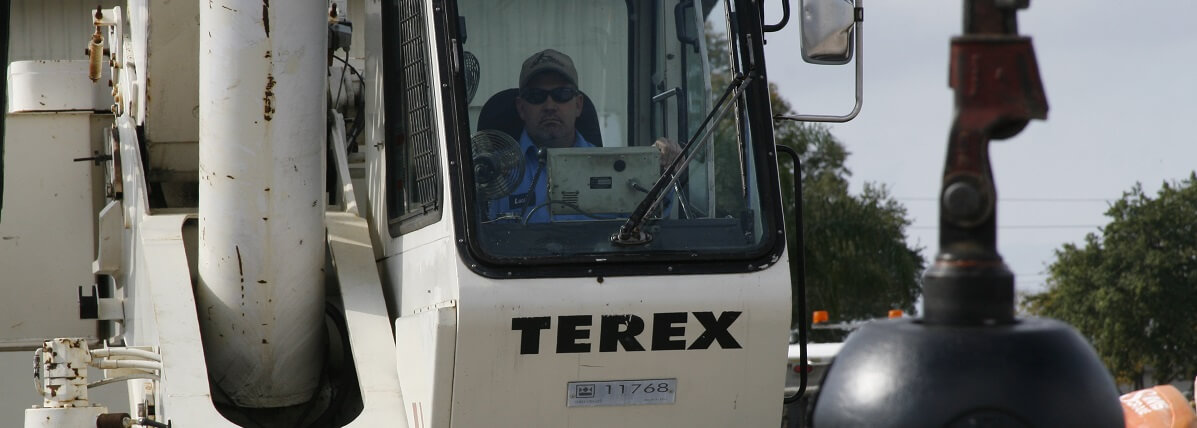Under the new rule, crane operators must either be certified by an accredited crane operator testing organization, such as the National Commission for the Certification of Crane Operators (NCCCO) or qualified by an audited employer program. Our online training and testing program meets the OSHA qualification requirements.
Services/Products
Since November 2008 OSHA mandated that anyone who secures a load to a hook (known as a Rigger) must be Certified or Qualified. We are here to facilitate you and your team on that journey to manage safe, productive Riggers in the workplace, being OSHA compliant is merely a byproduct of the programs we offer. Whether a novice or experienced Rigger, our Rigging curriculum and employer audited program, provide a firm, stable foundation to build on. All courses and content are OSHA compliant and meet all State and Federal requirements. This program also serves as a pre-hire assessment, so you hire the right talent for the right job! Based on your needs, we can customize your training accordingly.
Since November 2008 OSHA mandated that anyone who secures a load to a hook (known as a Rigger) must be Certified or Qualified. We are here to facilitate you and your team on that journey to manage safe, productive Riggers in the workplace, being OSHA compliant is merely a byproduct of the programs we offer. Whether a novice or experienced Rigger, our Rigging curriculum and employer audited program, provide a firm, stable foundation to build on. All courses and content are OSHA compliant and meet all State and Federal requirements. This program also serves as a pre-hire assessment, so you hire the right talent for the right job! Based on your needs, we can customize your training accordingly.
In order to be compliant the Signal Person must understand many different aspects of the lifting operation, he/she must be aware of the lift plan, site conditions, ground conditions, overhead hazards, underground hazards, basic rigging and OSHA regulations, not to mention Hand, Audible and Radio Signals. A signal person is required when: The point of operation is not in full view of the operator. The operator’s view is obstructed in the direction the equipment is traveling. Either the operator or the person handling the load determines the need for a signal person because of site-specific safety concerns. This course includes the following learning sessions: 1. Introduction to Signaling 2. Crane Types and Components 3. Site Evaluation 4. Supporting Surfaces 5. Electrical Hazards 6. Crane Stability 7. Factors that Reduce Capacity 8. Intro to Load Charts 9. Operator Aids 10. Rigging 11. Safe Operating Procedures 12. Hand Signals 13. OSHA Regulations
In order to be compliant the Signal Person must understand many different aspects of the lifting operation, he/she must be aware of the lift plan, site conditions, ground conditions, overhead hazards, underground hazards, basic rigging and OSHA regulations, not to mention Hand, Audible and Radio Signals. A signal person is required when: The point of operation is not in full view of the operator. The operator’s view is obstructed in the direction the equipment is traveling. Either the operator or the person handling the load determines the need for a signal person because of site-specific safety concerns. This course includes the following learning sessions: 1. Introduction to Signaling 2. Crane Types and Components 3. Site Evaluation 4. Supporting Surfaces 5. Electrical Hazards 6. Crane Stability 7. Factors that Reduce Capacity 8. Intro to Load Charts 9. Operator Aids 10. Rigging 11. Safe Operating Procedures 12. Hand Signals 13. OSHA Regulations







